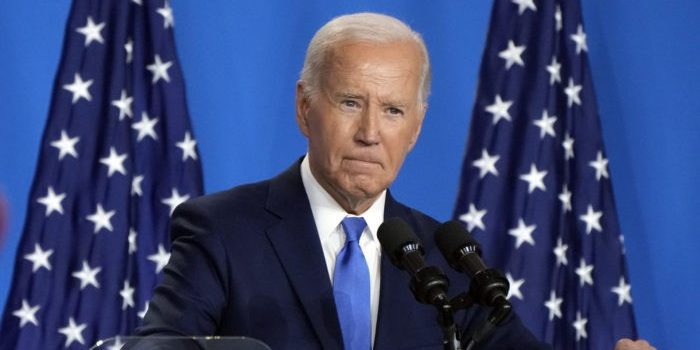() The latest federal numbers show the U.S. deficit is soaring as President Joe Biden heads out of office.
The U.S. Congressional Budget Office released its monthly budget review on Monday, which showed that in the first two months of this fiscal year, the federal government has run up a deficit of $622 billion. Projecting out over a full fiscal year, that would equate to a $3.7 trillion deficit.
“That amount is $242 billion more than the deficit recorded during the same period last fiscal year,” CBO said in its report.
That figure means the deficit is nearly 40% higher than this time last year.
“The most alarming turkey in November was the federal government’s inability to live within its means,” Maya MacGuineas, president of the Committee for a Responsible Federal Budget, said in a statement. “We are only two months into the fiscal year, and we have already borrowed a staggering $622 billion, with $365 billion in the month of November alone.”
Deficits never surpassed one trillion dollars before the COVID-19 pandemic. Since then, they remain well above one trillion and for this next fiscal year are well beyond the pace to surpass $1 trillion.
The deficit last fiscal year was about $1.8 trillion.
Billionaire Elon Musk, now an advisor to President-elect Donald Trump, lamented the debt, which is about $36 trillion, on X Monday.
“If we don’t fix the deficit, everything will suffer, including essential spending like DoD, Medicare & Social Security,” Musk said. “It’s not optional.”
CBO did explain that some of the increase is from accounting changes.
From CBO:
The change in the deficit was influenced by the timing of outlays and revenues alike. Outlays in October 2023 were reduced by shifts in the timing of certain federal payments that otherwise would have been due on October 1, 2023, which fell on a Sunday. (Those payments were made in September 2023.) Outlays in November 2024 were boosted by the shift to that month of payments due December 1, 2024, a Saturday. If not for those shifts, the deficit thus far in fiscal year 2025 would have been $541 billion, or $88 billion more than the shortfall at this point last year, and outlays would have been $38 billion more.”

